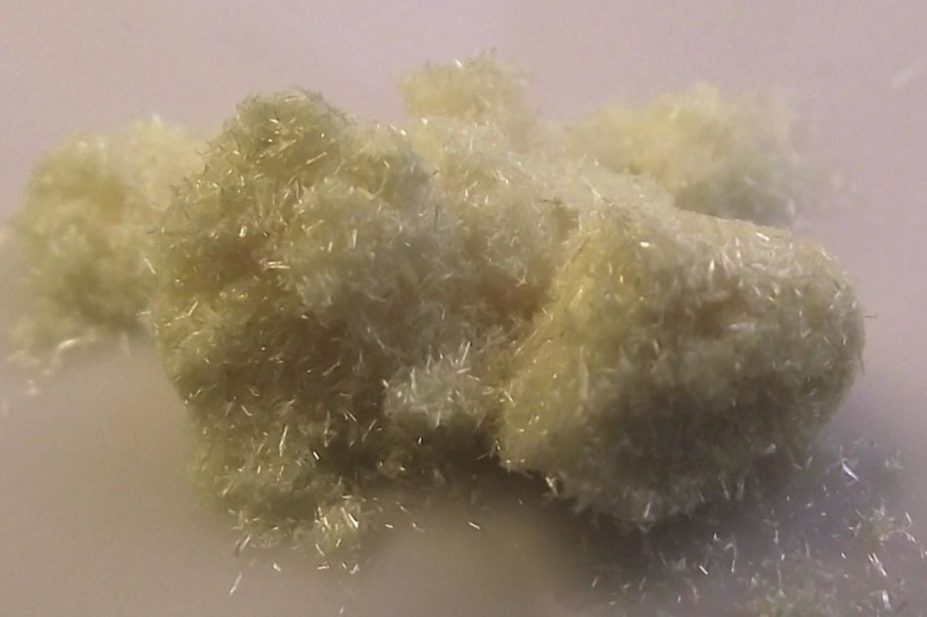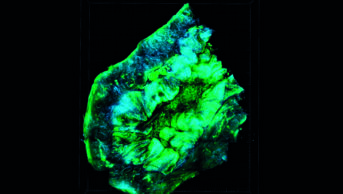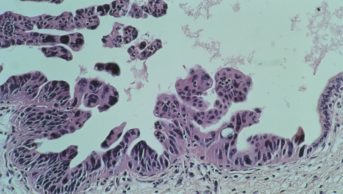
Rainer Rillke CC-By-SA GFDL release
Insulin resistance is a hallmark of type 2 diabetes yet current anti-diabetic drugs do not correct this defect. One driver of insulin resistance is ectopic lipid accumulation in the liver and muscle, which is the target of a new therapeutic approach described in Nature Medicine
[1]
(online, 5 October 2014).
Shengkan Jin, from Rutgers University, New Jersey, and colleagues evaluated a derivative of the anthelmintic drug niclosamide, which acts through mitochondrial uncoupling. Niclosamide ethanolamine salt (NEN) prevented and treated hepatic steatosis, improved glycaemic control and delayed disease progression in genetic and dietary mouse models of diabetes.
“Given the well-documented safety profile of NEN, our study provides a potentially new and practical pharmacological approach for treating type 2 diabetes,” says the team.


